How can you live your best life without understanding the mechanisms that facilitate how you think and perceive your environment?
We process the world around us using as many of our five senses as we can: sight, sound, touch, smell and taste. These senses make up the ways that we experience our daily lives. We can shift which ones we focus on at various times. When we know how and when to do this it can help us to sleep better and reach our highest potential.
Our behaviors, patterns of thinking and the processing of our emotions build on those senses. The study of neuro-linguistic programing (NLP) has found that people mainly use visual (sight), auditory (sound) and kinesthetic (sensory/touch) systems to connect to others and to the environment, to figure out how to behave and make decisions.
When I work with people in my role as a psychologist, hypnotist and Somatic Experiencing Practitioner, I pay a lot of attention to the interactions of these processing systems and to which ones are more or less developed in each individual client.
The neuro-processing systems that individuals dominantly use can have a huge impact on how they solve problems and move in the world. For instance, over the last couple of decades, nearly every person who I’ve seen for hypnosis for severe test anxiety or difficulty passing standardized exams has been especially reliant on their kinesthetic system. These people tend to be very skilled at physical and spacial things. They are, however, often at a disadvantage when taking standardized tests. Those exams don’t let them use their physical senses. Instead, during testing, they must use only what they read which is visual (what they see when reading words) and auditory (what they think and say to themselves).
When those individuals understand the way they process information, they can begin to interpret situations and questions more accurately and can make choices to support themselves in better ways practically and emotionally.
The Big Reveal: Identify what system or systems you use most often and trust the most. This can help you live your best life and be your best self.
Try this: Describe a lemon.
- Did you refer first to visual qualities like it’s color or shape or how you saw it in your mind’s eye? (Visual)
- Did you talk about it’s texture or tartness? (How it feels: Kinesthetic)
- Or think about how you might cook with it or how it grows or information about it? (Thinking about it or creating a narrative: Auditory)
How can knowing this help you to overcome insomnia and sleep better?
A lot of people with insomnia complain that they have trouble shutting down their restless thoughts. In the context of NLP, listening to the commentary in our minds taps into auditory processes. It can be very difficult to break the nighttime cycles in our heads that might include spinning to-do lists, regrets about the past, what if’s and anxieties about the future.
A great self-hypnosis for sleep strategy that many of my clients have found effective is to redirect thoughts to a different processing system.
Change the way you SEE things to calm down and sleep better.
Move from the auditory and into visual processing to let go of spinning thoughts and emotions.
Try this: Imagine a ball of light above your head, absorbing some of the busy ideas or feelings. Does the light have a texture, a color or a direction that it moves? Continue to visualize different balls of colored light all the way down your body, transforming stress or tension in each area.
FEEL your way to better sleep.
Release the racing stories in your head and overcome insomnia by using body awareness in the here and now.
Try this: Focus attention on the legs and feet. Say this to yourself,
“Legs relaxed and heavy, cradled by the bed.
Breathing in and out.
Free to rest more…and more… comfortably.”
Repeat these sentiments and, as you do, take in each word deeply, sensing its meaning. This can shift awareness towards kinesthetic processing and helps with feeling grounded in the body in the present moment. It also moves energy away from the auditory, active thinking about the day or worrying about the past or the future.
When I design self-hypnosis for sleep, anxiety, and for many other issues, I always embed hypnotic suggestions using auditory, visual and kinesthetic language. This allows for the maximum amount of flexibility in tapping into different areas of the unconscious mind. Give it a try with the strategies mentioned here. Hopefully you will find that you sleep better and have moved a step closer to living your best life!
If you’d like more free tips about how to use self-hypnosis for sleep and how to overcome insomnia, download my complementary video and eBook, “The 3 Biggest Things That Cause Sleep Problems & The ONE Thing You Can Do by 3pm Today to Sleep Better.”
Featured image credit: New Africa for Adobe Stock.
This post has also appeared on thriveglobal.com on March 25, 2022

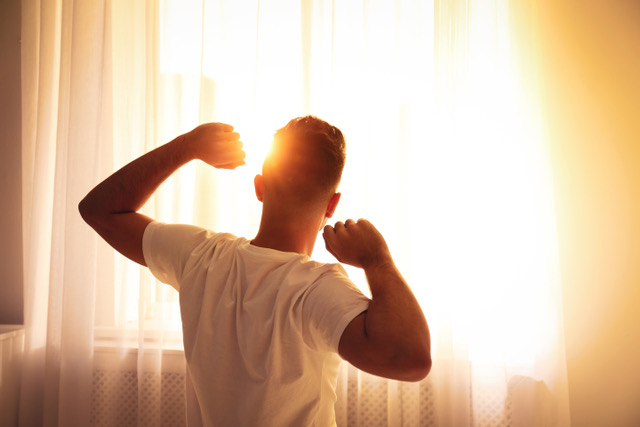

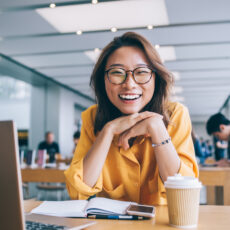


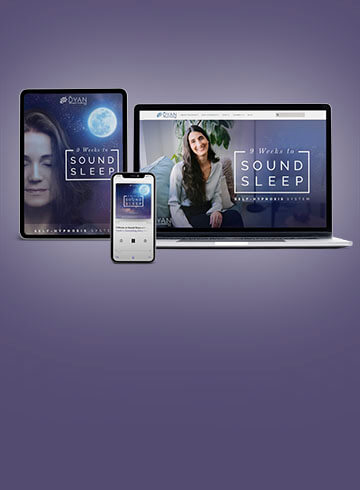
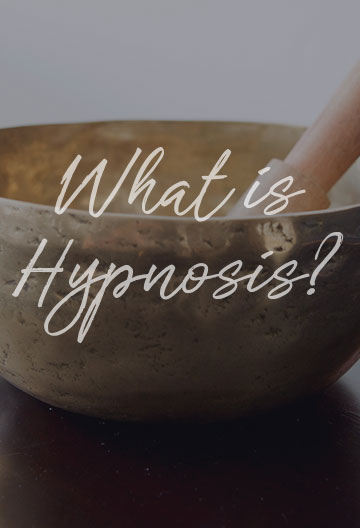
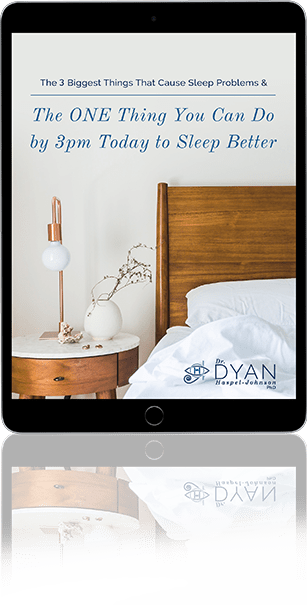
2 comments to " The Big Reveal: How to Sleep Better & Live Your Best Life "